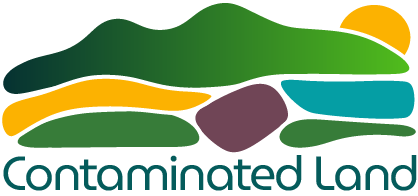Ex situ bioremediation is a well-established remediation technique involving the above-ground biological treatment of excavated soil, aiming to degrade environmental contaminants into harmless end products. This process primarily relies on biostimulation, where conditions are optimised to encourage native microbial activity through the addition of water, nutrients, aeration, and other soil amendments such as compost or lime. Although the goal is complete mineralisation of pollutants, in practice, intermediate degradation products may persist. Sorption of contaminants to added organic matter also contributes to the remediation effect. However, due to the complexity of bioremediation mixtures, careful and consistent analytical methods are necessary to avoid misleading results—particularly when comparing filtered and unfiltered samples.
The main configurations used in ex situ bioremediation include biopiles, windrows, and bioreactors. Biopiles are static soil heaps with controlled aeration and leachate management systems, while windrows are long, triangular piles periodically turned to maintain aerobic conditions. These approaches are closely related to composting, though ex situ remediation generally uses less organic matter, resulting in slower treatment times and lower operating temperatures. Bioreactors, on the other hand, provide more precise process control by treating soil slurries in contained vessels, potentially reducing treatment times to days. However, their complexity and difficulty in reusing outputs limit their widespread use.
While there has been commercial interest in bioaugmentation—the addition of specialised microbes to boost degradation—research suggests limited benefit over standard biostimulation, particularly for ex situ systems. Similarly, white rot fungi have shown promise due to their broad-spectrum degradation ability, but practical deployment at scale remains limited due to operational challenges. Treatment facilities can be established either permanently, to handle soils from various sites, or temporarily, serving nearby contaminated locations. Once treated, soils can be reused for landscaping or as fill, provided they meet regulatory standards.
This technique is applicable to a wide range of contaminants including VOCs, PAHs, pesticides, PFAS, and even asbestos. Nevertheless, it has drawbacks: large surface areas are required, biological activity can be inhibited by certain soil conditions, and treatment duration may span months. Furthermore, volatilisation during handling may lead to emissions, and residual contamination—though less bioavailable—may still be present. Environmental and social sustainability considerations include energy use, emissions, and local disturbances, but also potential benefits such as risk reduction and the generation of usable by-products like topsoil substitutes. Regulatory compliance focuses heavily on emission control, leachate management, and process verification, often requiring operations on hard surfaces to ensure environmental protection.


